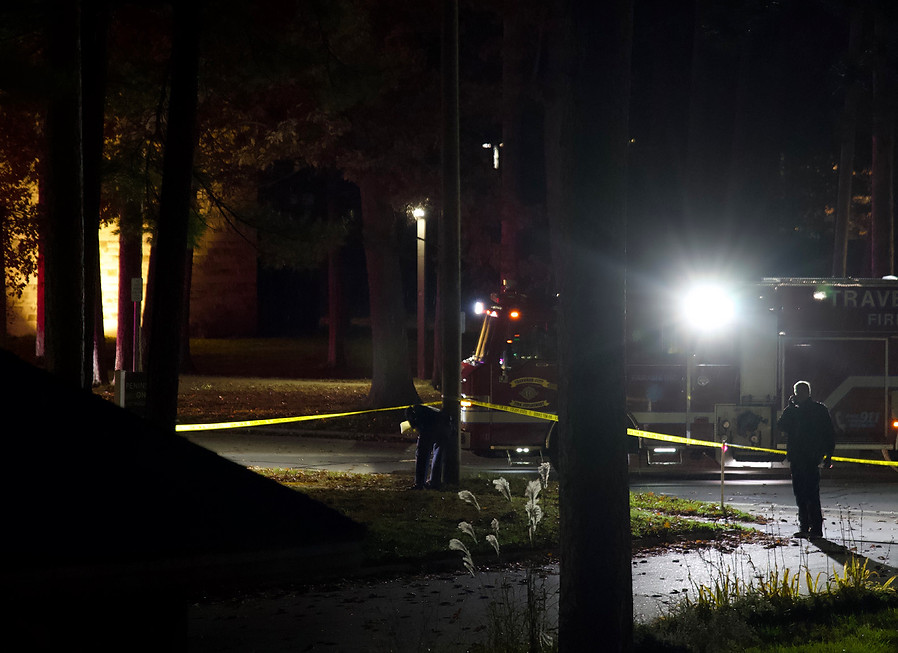
NORTHWESTERN MICHIGAN COLLEGE
WHITE PINE PRESS
December 4, 2025
NMC Goes Into Lockdown During Nearby TC Shooting
Jacob Dodson
Staff Writer
Minnie Bardenhagen
Editor-in-Chief
On Saturday, Nov. 15, several shots rang out near NMC’s central campus as two individuals fired at police officers responding to a call about a potential car theft on E. Eighth Street, near Garfield Avenue.
Earlier that night, the individuals had allegedly already shot and killed Lawrence Boyd IV, a 32-year-old city parking services employee who had confronted the individuals in the parking deck and was shot during a confrontation with them. His body was discovered the following morning. Boyd graduated from NMC in 2021 with an associates degree.
When police responded to the call about a potential theft, unrelated to the shooting of Boyd, the two men fled on foot and shot at the cops pursuing them. One of these shots grazed the pant leg of an officer, who was not injured. This police chase led to a shelter-in-place order for the surrounding area, which included NMC. NMC’s lockdown started at 10:44pm on Nov. 15 and was lifted at 1:30am on Nov. 16. According to NMC’s Communications Department, law enforcement notified campus security that there were gunshots fired near NMC’s campus, and advised going into lockdown.
During NMC’s Nov. 24 Board of Trustees meeting, Chair Laura Oblinger shared her gratitude towards the NMC security team, mentioning Campus Safety Coordinator Garrett Croon and Security Site Supervisor Robert Basso.
“Our students are our number one asset and very important to us,” Oblinger stated, “...[We are grateful] for them taking such good care of our students.”
The firearm used in the shooting was found just outside a room at the Super8 motel where suspect Eugene Thompson was arrested. The second suspect, Hunter Vanderwaal (19), was found and arrested on NMC’s campus according to multiple news reports.
The two suspects are currently being held without bond in the Grand Traverse County Jail. They are scheduled for a probable cause conference on Dec. 2 and a preliminary examination on Dec. 9.
Photos Courtesy of Jacob Dodson
